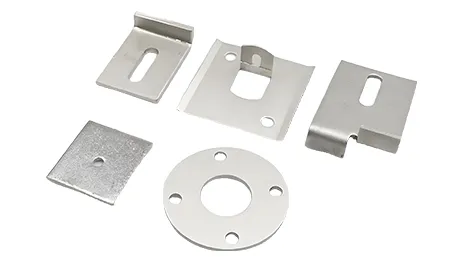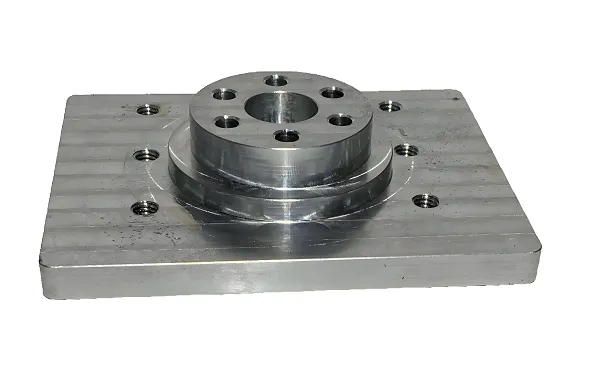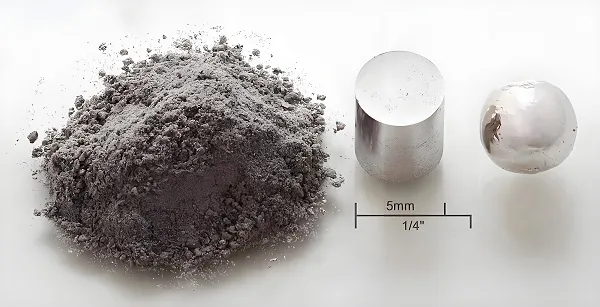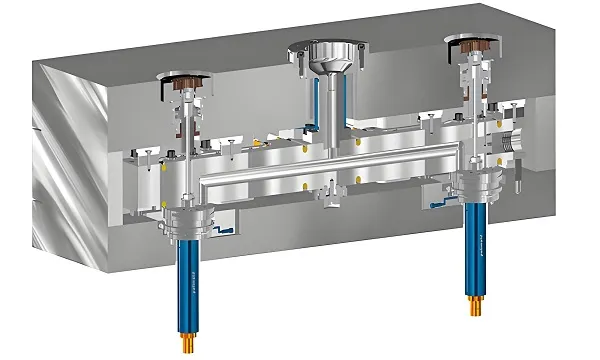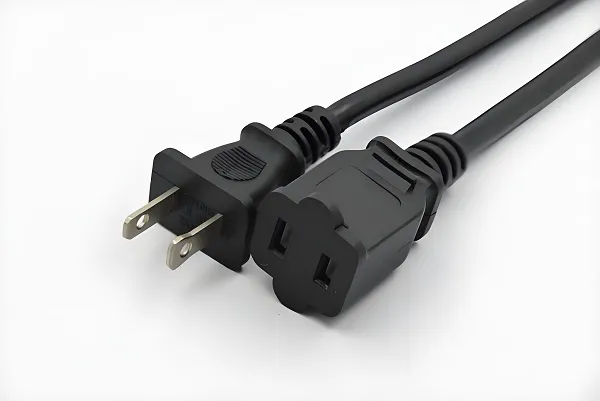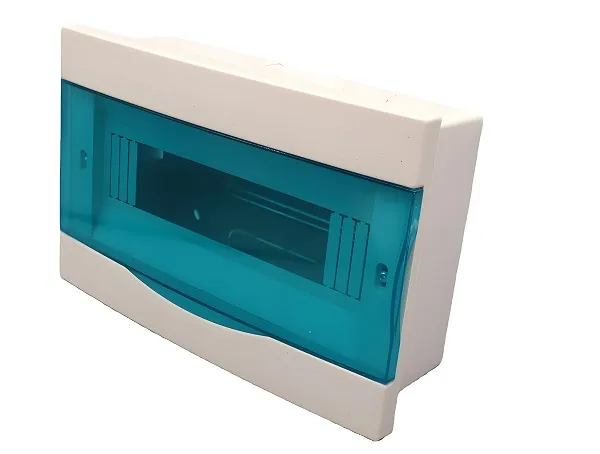Automotive parts stamping is a highly efficient metal forming process in which a mold is used to apply an external force to a sheet of metal, causing it to deform plastically so as to obtain a part of the desired shape and size. This process is widely used in the automobile manufacturing industry for the production of various types of parts such as body structure parts, cover parts, chassis parts and so on.
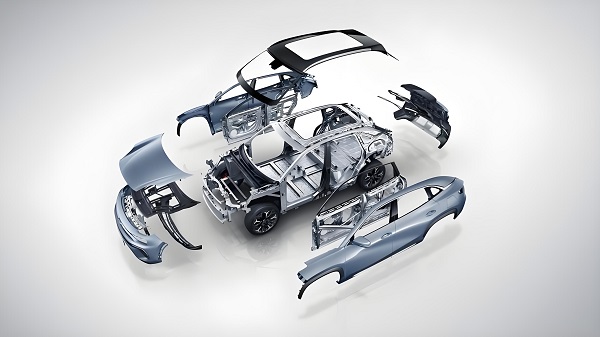
1. Stamping production process for automotive parts
Design and preparation:
According to the automobile design drawings, formulate the detailed design of stamping parts, including shape, size and material selection.
Prepare the mold, including design, manufacture and debugging, to ensure that the mold can meet the production requirements.
Material preparation and pretreatment:
Select suitable metal materials, such as steel plate, aluminum alloy, etc., and carry out pre-treatment, such as cutting, cleaning and oiling.
Stamping and forming:
Put the pre-treated material into the mold, and apply pressure to the mold through the stamping machine, so as to make the material undergo plastic deformation and form the required shape of the part.
Trimming & Inspection:
Trimming of the stamped parts, such as removing burrs, trimming edges, etc., and quality inspection are carried out to ensure that the parts meet the design requirements.
Subsequent processing:
According to the needs, carry out follow-up treatment on the stamped parts, such as welding, painting, plating, etc., in order to improve the durability and aesthetics of the parts.
2. Customized stamping of automotive parts
Customized demand:
According to the specific needs of customers, we provide auto parts stamping customization service, including shape, size, material, quantity and other aspects of customization.
Design and Simulation:
Using CAD/CAM software for mold design and simulation analysis to ensure the reliability and productivity of the mold.
Mold Manufacturing & Commissioning:
Manufacture the molds according to the design plan and carry out debugging to ensure that the molds can accurately and stably produce stamped parts that meet the requirements.
Mass production:
After the successful debugging of the mold, mass production is carried out to ensure production efficiency and product quality.
After-sales service:
Provide perfect after-sales service, including technical support, quality assurance and quick response to ensure customer satisfaction.
3. Introduction of stamping materials for automotive parts
Materials:
Steel plate: including low carbon steel, high strength steel, etc., with excellent formability and weldability.
Aluminum alloy: low density, high strength, good corrosion resistance, etc., suitable for automotive parts with high lightweight requirements.
Stainless steel: with excellent corrosion resistance and high temperature resistance, it is suitable for automotive parts that need to be exposed to harsh environments for a long time.
Characteristics:
High strength: able to meet the requirements for strength and rigidity of automotive components, ensuring the safety and stability of the car.
Good formability: easy to form complex shapes and structures through the stamping process.
Excellent weldability: It is easy to be welded and connected with other parts to improve the assembly efficiency and reliability of the whole vehicle.
Lightweight: some materials such as aluminum alloy have lower density, which helps to reduce the overall weight of the car and improve fuel economy.
4. Stamping Characteristics of Automotive Components Made of Different Materials
Products:
Steel plate stamping parts: such as body structure parts, chassis parts, etc., with high strength and good weldability.
Aluminum alloy stamping parts: such as engine hood, doors, etc., with lightweight, good corrosion resistance and other characteristics.
Stainless steel stamping parts: such as exhaust system parts, etc., with excellent corrosion resistance and high temperature resistance.
Data:
Note: The above data are typical values, the actual data may vary due to specific materials, heat treatment process and other factors.
Customized Auto Parts Stamping FAQ
Q1: How long does it take to customize auto parts stamping?
A1: The customization time depends on the complexity of the part, the production process, and customer requirements. Generally speaking, it can take anywhere from a few weeks to a few months from design to delivery.
Q2: How to ensure the quality of customized auto parts stamping?
A2: We have advanced production equipment and technical team, strictly follow the production process and quality control standards for operation and inspection to ensure the quality and performance of customized parts.
Q3: How to calculate the price of customized auto parts stamping?
A3: The price is calculated based on the shape, size, material and quantity of the parts. We provide a detailed quotation, which customers can select and confirm according to the quotation.
Q4: What if there is something wrong with the customized auto part stamping?
A4: If there is any problem with the parts during use, we will provide technical support and after-sales service, including troubleshooting, repair and replacement, etc., to make sure the production of our customers goes smoothly.
Through the above introduction, we believe you have a more comprehensive understanding of customized auto parts stamping. If you have any questions or needs, please feel free to contact us, we will be happy to serve you.

